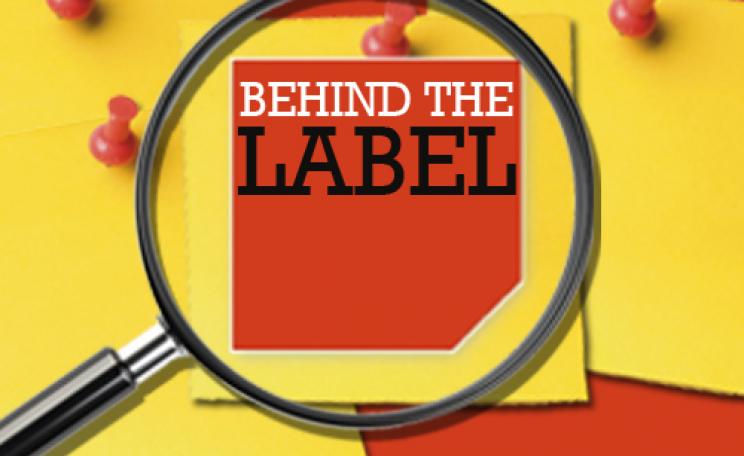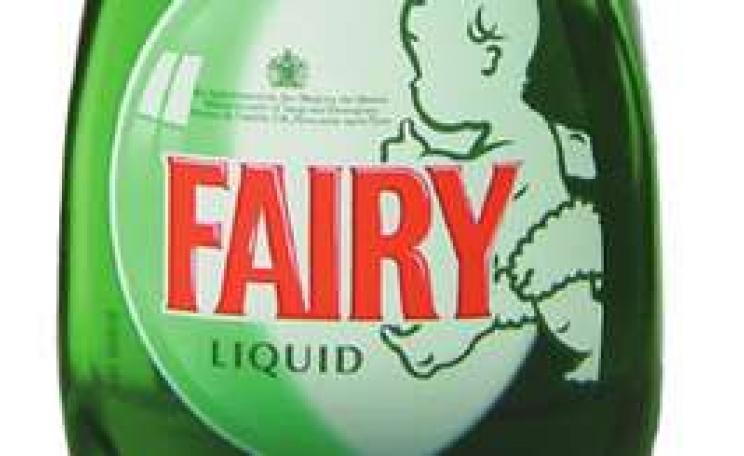INGREDIENTS: Alcohol, Sorbitol, Aroma, Poloxamer 407, Benzoic acid, Sodium Benzoate, Sodium saccharin, Eucalyptol, Methyl salicylate, Thymol, Menthol, Sodium fluoride, CI 42053, CI 47005
We all know that brushing and flossing keep teeth and gums healthy. Nevertheless, in the pursuit of the perfect smile consumers are currently being encouraged ‘to develop a repertoire of oral care purchases’ – in other words, buy more stuff.
Traditionally a mouthwash is an antiseptic gargle that helps remove the bacteria that cause bad breath. But today mouthwashes claim to fight plaque, strengthen teeth, prevent tooth decay and provide all-day freshness as well. Potential mouthwash users are apparently one of the great untapped markets and strategies to exploit this market, particularly in the UK, have paid off. Last year Brits bought 34 million bottles of mouthwash. According to Pfizer Ltd, owners of the Listerine brand, more than 900,000 people in the UK started using outhwash for the first time last year and over half these were purchasing Listerine, the UK’s number one brand. In the US, 147 million bottles of mouthwash flew off the shelves, with Listerine accounting for 53 per cent of these sales.
Occasionally, however, marketeers push too far. Earlier this year print ads for Listerine featured a bottle balanced on a scale opposite a floss container, and said: ‘Listerine antiseptic is clinically proven to be as effective as floss at reducing plaque and gingivitis between the teeth.’ A US federal judge ruled this was false, misleading and constituted a public health risk.
Although mostly water, today’s magic bullet mouthwashes are also full of harsh chemicals.
Long-term use of alcohol-containing mouthwashes dries and changes the pH of the mouth and throat and is associated with an increased risk of mouth and throat cancers. If a mouthwash contains a harsh detergent like cocamidopropyl betaine, this compounds the damage. Listerine contains a slightly milder detergent, Poloxamer 407, but its unique qualities – being soluble in liquids at low temperature, but turning into a gel at higher temperatures (ie body temperature) – makes it a film former, keeping other toxic ingredients on the surface of the mouth for longer.
Mouthwashes also commonly contain fluoride, a systemic poison, and this product is no exception. It contains both sorbitol and more worryingly saccharin, which causes bladder cancer in animals.
Finally there are synthetic colours, aromas and flavourings. Flavourings and aromas are basically perfumes. At best they mask odour temporarily; and since they are composed of volatile solvents, they can also alter the basic flora of the mouth in the same way as alcohol and may cause dermatitis around the mouth. Combinations of several strong flavourings may be particularly irritating, and methyl salicylate (oil of wintergreen), eucalyptol (oil of eucalyptus) and thymol – even if they are naturally derived – are also highly toxic. Just 10ml of methyl salicylate can poison a child; 30ml can poison an adult.
In addition, bright colours and nice smells mean that children find mouthwashes so intriguing that each year hundreds accidentally get smashed on as little as two ounces. So do adults; earlier this year an American woman was arrested for drunk driving after drinking three glasses of Listerine.
---
INGREDIENTS > PURPOSE > ADVERSE EFFECTS
Alcohol > Antiseptic, antibacterial > Dries and denatures mucous membranes in the mouth; changes mouth and throat pH; promotes mouth and throat cancer.
Sorbitol > Sweetener, tartar control agent > Mostly safe, but if swallowed can cause bloating, diarrhoea.
Aroma > Fragrance > Perfume by another name, composed mostly of solvents; drying to the mouth and potentially neurotoxic; allergic reactions may mimic common dental problems such as bleeding gums, mouth ulcers, gingivitis.
Poloxamer 407 > Surfactant, detergent, film former > Chemically similar to polypropylene glycol (PPG) and polyethylene glycol (PEG), thus potentially contaminated with 1,4-dioxane and ethylene oxide, impurities linked to breast cancer. In medicine it’s a vehicle for injected drugs and an ointment and suppository base.
Benzoic acid, Sodium Benzoate > Preservative, antibacterial > Allergens, sensitisers; urticaria, asthma, rhinitis and anaphylactic shock have all been reported following oral, dermal or inhalation exposure to both substances.
Sodium saccharin > Sweetener > Carcinogenic – linked to bladder cancer in animals. Banned in US.
Eucalyptol (Oil of Eucalyptus) > Fragrance, antiseptic > Allergic skin, nose and eye reactions, inhalation may trigger asthma; vocal cord dysfunction in sensitive individuals. Ingestion can cause vomiting, stomach pains, seizures, abnormal heart rhythms, bleeding, coma and death.
Methyl salicylate (oil of wintergreen) > Fragrance, antiseptic > Respiratory tract, skin and eye irritation; allergic reactions; small ingested amounts are fatal to young children; may cause reactions in aspirin-sensitive people.
Thymol > Fragrance, antiseptic > Derived from thyme oil; harmful if swallowed, may cause irritation to skin, eyes, and respiratory tract, affects central nervous system. Common fungicide.
Menthol > Fragrance, antiseptic > Irritation to skin, eyes and respiratory tract.
Sodium fluoride > Antibacterial > strengthens tooth enamel Fluorosis – spotting, mottling and yellowing of the teeth especially in children; osteoporosis – ingested fluoride leeches calcium from he bones; allergy/hypersensitivity reactions; ingestion can cause nausea, vomiting, epigastric pain and diarrhoea.
CI 42053, CI 47005 > Colourings > CI 42053 (Fast Green FCF) is a skin, eye and respiratory irritant; the International Agency for Research on Cancer (IARC) lists this coal tar dye as an animal carcinogen. CI 47005 (Quinoline Yellow) is a coal tar dye that causes contact dermatitis and sensitisation. Banned in the Australia, USA and Norway.
NOTE: Space restrictions prohibit full referencing, however Behind the Label draws on data from published studies and reports in medical, scientifi c and trade journals, government sponsored databases (e.g. the US National Library of Medicine) and relevant Material Data Safety sheets (MSDS).
---
ALTERNATIVES
Bad breath comes from sulphur-producing bacteria on the tongue. With good basic oral hygiene – including keeping your tongue clean – mouthwash is not necessary. If you have persistent bad breath it could be because of gum disease or some other underlying infection. A trip to the dentist is what’s needed. For mouthwash die-hards there are several more natural products that are alcohol-free and don’t contain such a large collection of worrying ingredients. The following products are alcohol- and saccharin-free:
Aloe Dent Mouthwash
www.optimah.com
Eliminator
www.anewlife.co.uk
KiwiHerb Manuka Mouthwash New Zealand Natural Food Company
www.goodnessdirect.co.uk
Sarakan Mouthfresh Arrowmed Ltd
www.sarakan.co.uk/
Tom’s Baking Soda Mouthwash
www.tomsofmaine.com
This article first appeared in the Ecologist October 2005







